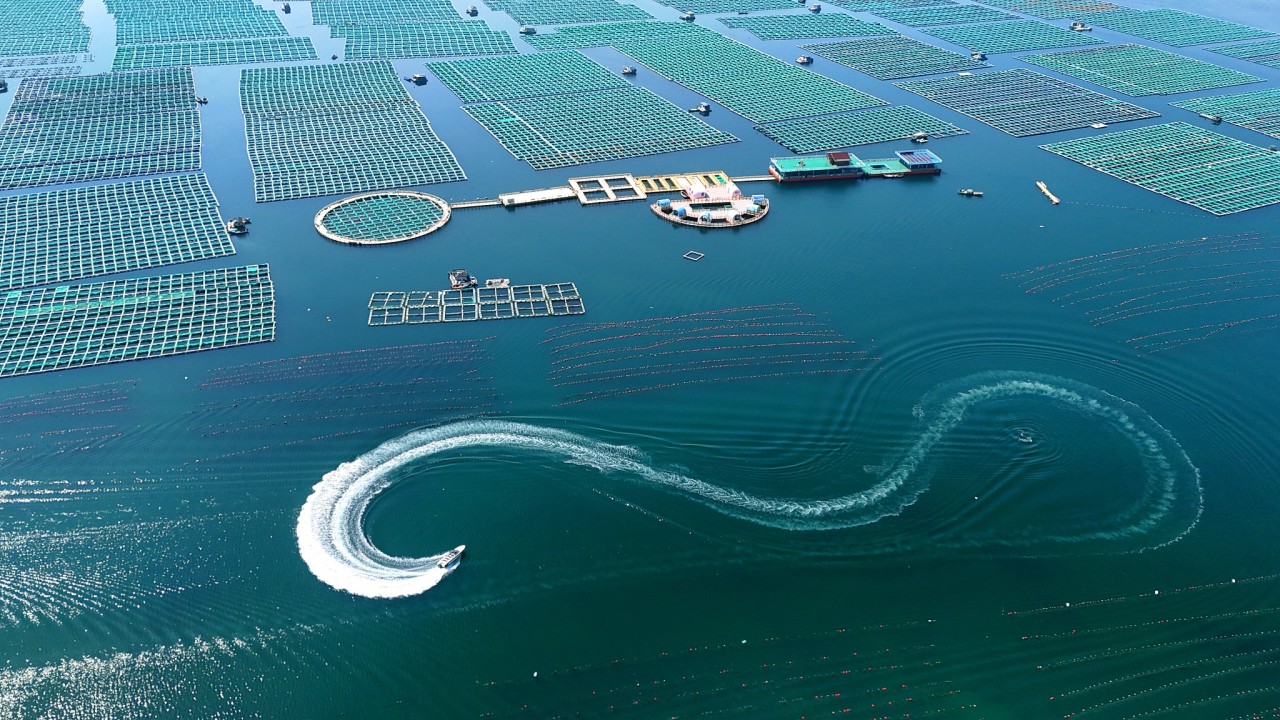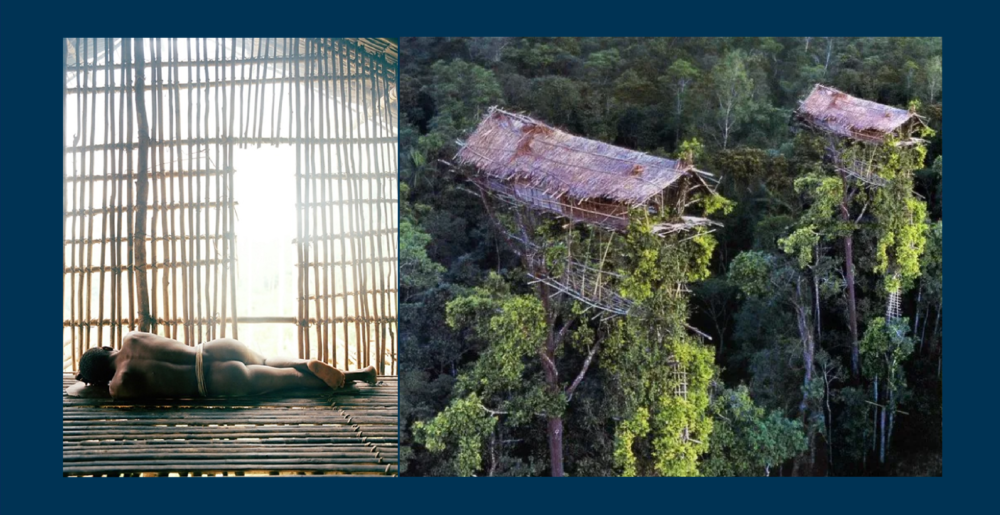Toward a carbon-negative architecture- Bio Algae Concrete
As part of an ongoing partnership to turn the built environment into a climate solution, SOM Architects and Prometheus Materials are developing an algae-based construction material that absorbs carbon—forming the basis for carbon-negative buildings.
With 40 percent of global carbon emissions coming from the building industry and from buildings themselves, SOM is determined to develop new methods and materials in the pursuit of creating zero-carbon and carbon-negative buildings.
Prometheus Materials, a start-up company spun out of a research program at the University of Colorado Boulder, has teamed up with SOM to explore and establish applications for this new generation of biological materials that could turn the construction industry into a positive force in the fight against climate change.
The carbon captured through bio-concrete can be put to use in various industrial applications, forming the basis of a new carbon-removal economy.
 Images: SOM
Images: SOM
The algae-based building material uses two natural mechanisms to sequester and store CO2 in material form: photosynthesis (the absorption and storage of CO2 during the growth of the algae) and carbonate mineralization (CO2 reacting with a metal to create a mineral during the curing process). Applied to a concept like SOM’s Urban Sequoia—in which buildings function as trees in a whole-life carbon cycle, capturing CO2, purifying the air, and regenerating the environment.
This will allow the product, much like traditional concrete, to be fabricated using local resources close to its end-use site.
The research team is developing bio-concrete—and other biogenic construction materials—to be market-ready and meet performance standards of architects and engineers. Prometheus currently grows algae and manufactures the blocks in its factory before shipping to customers, but aims to improve flexibility and reduce transportation greenhouse gas emissions by providing only the biogenic components of the mix along with a proven mix design.
Read SOM’s innovations and Bio-Concrete research Here+





















